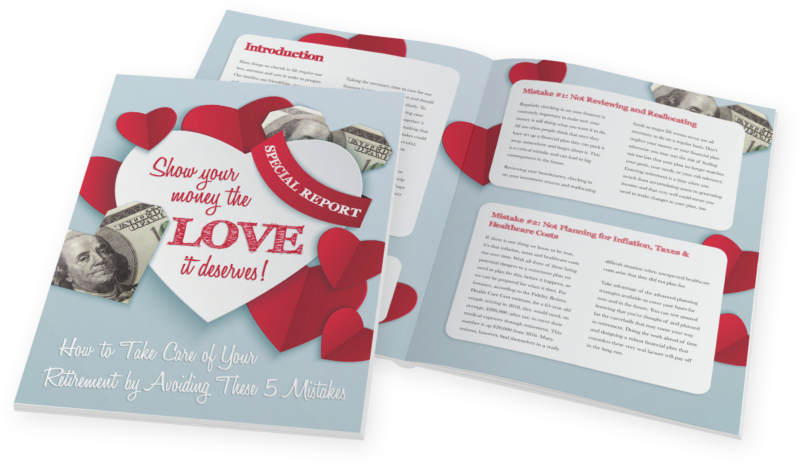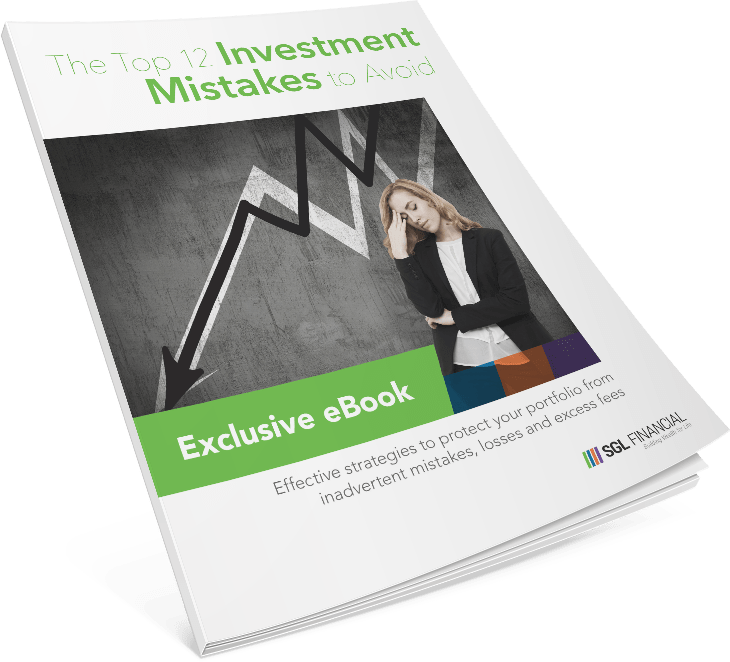Why Most People Get Emergency Funds Wrong
by Gabriel Lewit
When overseeing your finances, “build an emergency fund” is one of the first pieces of advice from the experts. While that advice is sound, many people still treat their emergency fund as a checkbox item—something to create and forget about.
But the reality is most emergency funds fall short of requirements not because people don’t save but because they don’t know how much to save, where to keep it, or why it matters beyond the basics.
In this article, we’ll take a closer look at why emergency funds are misunderstood, how to determine the right amount for your specific situation, and what financial planners in Buffalo Grove, like the team at SGL Financial, suggest when it comes to building a cash reserve fund that works when life throws you an unexpected curveball.
Read our latest Quick Guide: Dealing with Financial Risk: Use Proactive Preservation Wealth Strategies
Why The Usual Emergency Fund Advice Falls Short
Most people have heard the standard recommendation to save three to six months of living expenses in a separate, liquid account. While this is a good starting point, it’s not always the right fit for everyone.
Why? Because everyone’s lifestyle, sources of income, job stability, and family obligations differ. For example:
- A dual-income household with secure jobs may be fine with a smaller emergency fund
- A single parent or self-employed business owner may need a larger cushion
- Someone with variable income (like commission-based earnings) might require more flexibility
Worried about market volatility? Watch our co-founder, Steve Lewit, discuss smart strategies on WGN9 News to protect what you’ve worked hard to build.
Top Questions People Ask About Emergency Funds
How much cash should I keep in my emergency fund?
Start by identifying your bare minimum monthly expenses—housing, groceries, utilities, insurance, debt payments, transportation, and co-pay medical costs. Multiply that by three to six months, depending on your personal risk factors. If you’re unsure how to break that down, SGL’s Buffalo Grove CFP® professionals can help you calculate a base number and make adjustments over time.
Where should I keep my emergency fund?
Accessibility and safety matter more than interest here. Keep your emergency fund in a liquid, high-yield savings or money market account—somewhere it can earn modest interest but still be quickly available when needed. SGL Financial’s YouTube channel covers savings strategies to help you decide where to park your emergency fund for easy access without unnecessary risk.
Should I use my emergency fund to pay off debt?
It’s tempting, especially when staring at high-interest credit card bills. But remember: the purpose of an emergency fund is to help you avoid going into more debt when an unexpected event impacts your primary source of current income. Using it for anything other than a true emergency can leave you exposed.
What qualifies as a real emergency?
An emergency fund is meant for the unexpected: job loss, medical expenses, major home repairs, or any other unplanned expense. It’s not for planned expenses like vacations or home improvements. If you dipped into your fund regularly for non-emergencies, it’s a sign you may need to rework your budget—a task a financial advisor in Buffalo Grove can walk you through.
Can I build my emergency fund while investing?
Yes—but it depends on your priorities. Building your emergency fund should come before investing for the future. Once you hit your targeted emergency fund size, you can gradually redirect excess savings toward long-term investments. At SGL Financial, the planning process often includes balancing both: protecting your short-term security while growing wealth for the long haul.
Common Mistakes People Make with Emergency Funds
Even those who have an emergency fund often make a few common missteps. Here are a few to avoid:
- Overfunding: Keeping too much cash in your emergency fund can hurt your long-term returns. Once your fund is where it needs to be, it’s time to make that money work harder.
- Underestimating expenses: When calculating emergency needs, people often forget some costs, such as annual insurance premiums, home maintenance, or health deductibles.
- Mixing it with regular savings: Your emergency fund should be separate from vacation money or holiday savings. Labeling helps avoid temptation.
- Letting it sit for too long: Periodically review your emergency fund. Has your lifestyle changed? Are your expenses higher? Do you have more dependents now? Life changes, and your emergency fund should keep pace.
What is the Best Way to Start an Emergency Cash Account?
Not having an emergency fund can feel overwhelming—but building one doesn’t need to happen overnight. Try these steps:
- Set a small goal first. Aim for $500–$1,000 as your initial buffer.
- Automate savings. Set up a recurring transfer from your checking account to your savings—weekly or monthly.
- Use windfalls wisely. Tax refunds, bonuses, or cash gifts can fast-track your progress.
- Track your progress. Watching your emergency fund grow is motivating—and helps reinforce good habits.
Even just $100 a week adds up over time, and once you build momentum, you can scale it up based on your current cash flow.
How SGL Financial Helps You Think Differently About Cash Reserves
What sets SGL Financial apart from other financial planners in Buffalo Grove is our approach to making cash reserves part of a broader strategy—not just a small part of a much bigger strategy.
Our financial planning process includes:
- Holistic financial planning that incorporates your cash reserve needs into your overall goals
- Scenario modeling to stress-test your current emergency fund against various life events, so you’re not left guessing
- Ongoing accountability with regular check-ins to keep your emergency fund (and your financial life) current.
Whether planning for retirement or building a solid cash reserve, we can help you balance today’s needs with tomorrow’s challenges and priorities.
With ongoing guidance and a client-first approach, SGL Financial makes it easier to make informed decisions. If you’re ready to discuss the stability of your financial situation, connect with our team.

